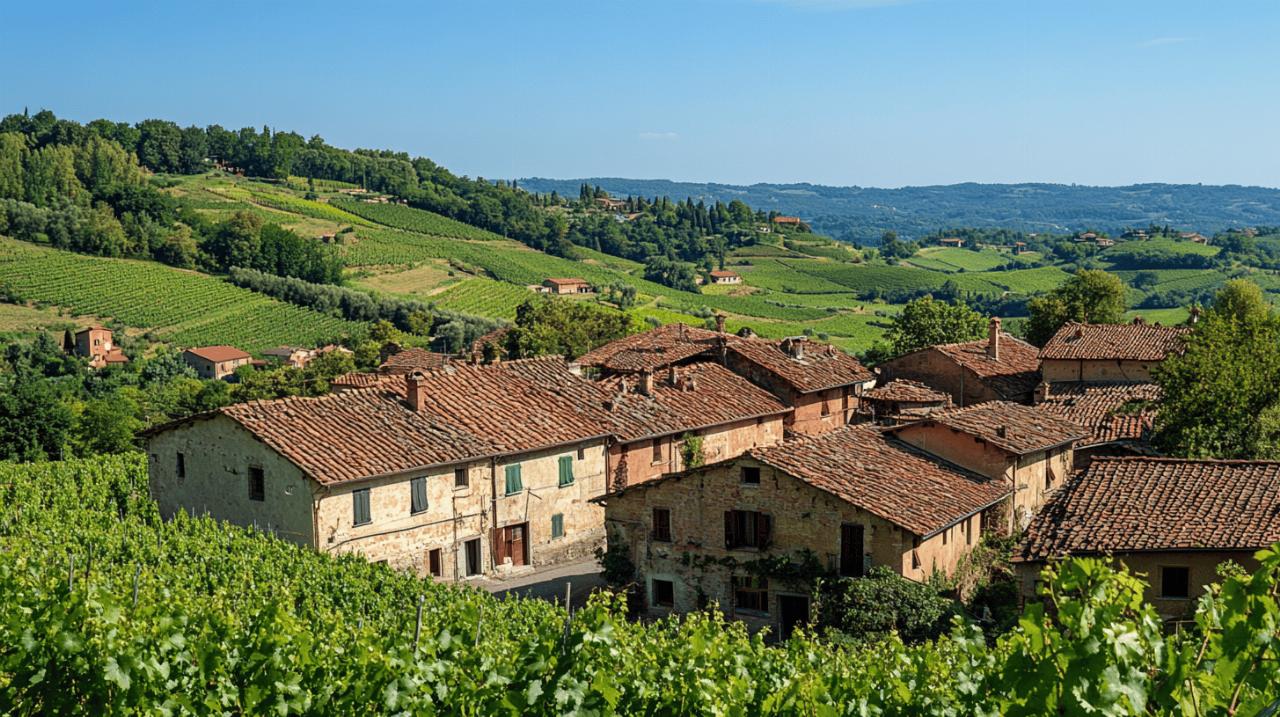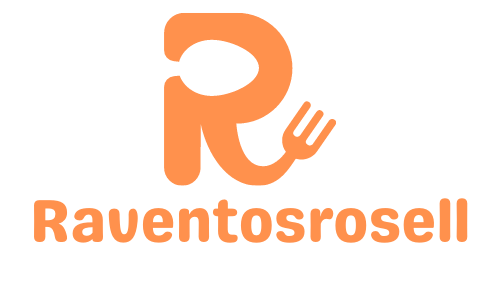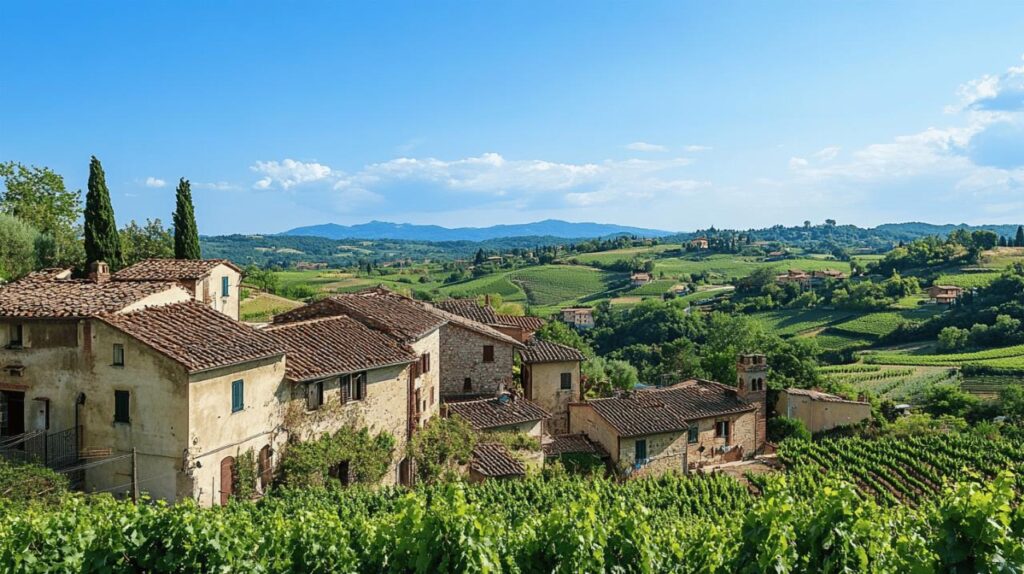In recent years, a fascinating initiative has captured the imagination of property enthusiasts and dreamers worldwide. Across picturesque Italian villages and towns, local authorities have launched a scheme selling abandoned homes for just €1. This revolutionary approach to rural revitalisation has gained significant attention, offering both opportunities and challenges for prospective buyers. The concept seems almost too good to be true, yet it represents a creative solution to a growing problem in rural Italy.
Understanding the italian 1 euro housing scheme
Origins and Motivations Behind the Initiative
The €1 house programme began in 2017 as a response to a concerning demographic trend sweeping across rural Italy. With younger generations migrating to urban centres for education and employment opportunities, many historic villages face severe depopulation. Current projections paint a worrying picture, with Italy’s population expected to decline by 2 million by 2040 and at least 4 million by 2050. This exodus has left nearly 30% of homes throughout the country unoccupied, creating neighbourhoods of abandoned properties that deteriorate without proper maintenance. Local authorities, desperate to preserve their cultural heritage and revive struggling economies, conceived this innovative scheme as explained by property experts at https://www.domusagency.it/, who have been following the development of this initiative since its inception.
Qualifying towns and regional distribution
The €1 house initiative has spread widely across the Italian peninsula, with 73 towns currently participating or in the process of adopting the model. These communities span multiple regions including Emilia-Romagna, Abruzzo, Campania, Sicily, Piedmont, Le Marche, Liguria, Puglia, Sardinia and Tuscany. Each location offers its unique charm and character, from coastal villages to mountain hamlets rich in history. Some notable participants include Nulvi and Ollolai in Sardinia, Fabbriche di Vergemoli in Tuscany, Zungoli in Campania, and Biccari in Puglia. The scheme has shown promising results in several communities. For instance, Montieri successfully sold 70 houses, which subsequently led to the establishment of 30 new businesses. Similarly, Mussomeli in Sicily sold over 125 properties, injecting approximately €7 million into the local economy and demonstrating the potential economic impact of village repopulation initiatives.
The Process of Purchasing a 1 Euro Home

Application requirements and selection criteria
Acquiring a €1 home involves much more than simply transferring a single euro to a seller. Prospective buyers must navigate a structured application process, which varies slightly between municipalities. Generally, interested parties need to submit a detailed proposal outlining their intentions for the property. As demand often exceeds supply, especially for properties in more scenic or accessible locations, some homes end up in competitive bidding situations, with final prices reaching €5,000 or even €20,000. Foreign buyers, including those from outside the European Union, are welcome to participate, though they face additional considerations. Non-EU residents encounter higher tax rates and visa restrictions limiting their stay to 90 days out of every 180 without proper residency status. For those serious about finding these opportunities, websites such as 1eurohouses.com and case1euro.it provide listings of available properties across participating communities.
Legal obligations and renovation commitments
The nominal purchase price comes with significant strings attached, primarily focused on ensuring commitment to property renovation and community development. Buyers typically must submit a comprehensive renovation project within 2-12 months of purchase, commence work within a year, and complete all renovations within a three-year timeframe. Many towns require purchasers to post a guarantee deposit ranging from €1,000 to €10,000, refundable upon satisfactory completion of renovations. The renovation costs represent the true investment in these properties. Most €1 houses require substantial work, with typical renovation expenses ranging from €20,000 to €50,000 for standard homes. More ambitious projects involving historic or larger properties could cost considerably more, potentially reaching €1.5 million for stately homes. Additional expenses include legal fees approximately €3,000 and ongoing property taxes. Certain municipalities impose specific preservation requirements, such as Mussomeli’s mandate to maintain the original facade, ensuring architectural heritage remains intact. To offset some renovation costs, Italy offers a beneficial ‘superbonus’ tax exemption covering 110% of qualifying building expenses, making the financial burden somewhat more manageable for committed buyers.
The Italian €1 house scheme represents a fascinating intersection of population decline challenges and creative solutions for rural revitalisation. While the opportunity to purchase property in Italy at a symbolic price is undoubtedly alluring, prospective buyers must carefully consider the substantial renovation commitments, potential cultural adjustment, and long-term implications of such an investment. For those with the vision, resources, and dedication to embrace this challenge, these humble abandoned properties offer not just a home but participation in the preservation and renewal of Italy’s treasured rural communities. As property transactions in Italy increased by 11.2% in early 2025 compared to the previous year, with prices rising an average of 2.5% across major cities, these once-forgotten villages may well represent the next frontier in Italian property development.

